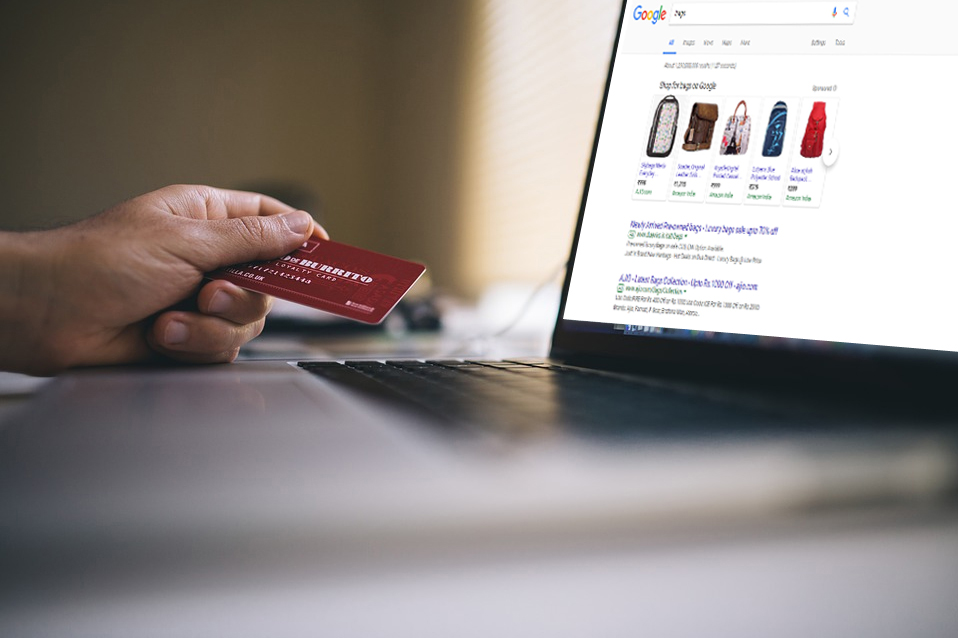Searchability defines the profitability of e-commerce. For a sample of 18,000 e-commerce outlets, KISSMetrics reports that 30.5% of all traffic to these e-commerce stores came from organic searches performed on Google, Yahoo, Bing, and a variety of other search engines. That means that about 1 out of every 3 visitors to your store will come from organic searches.
Furthermore, the exposure of your site on search engine pages will likely drive increases in sales and decrease customer acquisition costs. It should be a priority for any e-commerce owner to explore SEO methods that will enhance organic search rankings as part of their company’s growth strategy. Here are some big pointers that can help you optimize how you rank on Google.
Be Familiar With Google’s Ranking Algorithms
We’re playing in Google’s backyard when we try to optimize organic rankings, so we’ll want to look up the algorithms and the potential set of factors that play into how sites are arranged and ranked by Google. Think of these algorithms and factors as a rulebook that your e-commerce site must abide by to gain traffic. Google continually introduces updates and new sets of rules that impact and switch up site rankings, with some notable updates like Google Penguin making old SEO techniques aimed at stuffing keywords obsolete.
Understand the Content-Based Nature of SEO
Recently, a Backlinko report noted a correlation between longer pieces with Google’s search ranking, concluding that the average first search result contains 1,890 words. With the introduction of algorithms controlling for low-quality content and stuffing, old SEO techniques have undergone a great shift from word-based optimization to content-based optimization. Modern SEO techniques now stress the importance of weaving marketing pitches into content that educates and intrigues readers due to Google’s changing preference.
Target Particular Words or Phrases That Belong to a Niche
The competition for the most common search phrases is too fierce for the typical e-commerce store to wedge its way into. KISSMetrics notes that long-tail keywords related to commercials are all strongly occupied and inaccessible for your regular e-commerce business: “New stores stand no chance of ranking among the top 3 spots for these high traffic keywords.” Therefore, it’s smarter to invest time investigating niche phrases that are more unique but still identifiable and associable to your company or brand.
Cast a Wider Net With a Site Blog
A systematic review of over 1 million pages by Moz and BuzzSumo revealed that “long form content of over 1,000 words consistently receives more shares and links than shorter form content.” This concept piggybacks off the strategy of finding related, niche keywords to get your e-commerce store more exposure. It also merges with the idea that Google rewards sites with content that either benefits the visitor or is interesting to the visitor. A blog is the perfect outlet to put out both content and enhance your exposure and ranking on sets of unique keywords.
Gather the Power of Social Media
Social media makes up a non-negligible 2.8% of all website visits, according to a study performed by SearchEngineWatch. While social media does not have the volume, the visits to webpages from social media are more valuable because users are more likely to be engaged and convert when visiting from social media.
Therefore, optimizing for the social exposure of your e-commerce store is another important step for getting ranked highly on Google since it legitimizes your company through social proof. Try to dazzle and attract visitors with a vibrant and carefully curated social media page.
Build a Good Reputation Among Customers
Site reputation is a metric of site quality for Google. Providing good customer service and attending to the needs of your customers can broaden the exposure of your e-commerce store through word-of-mouth effects. SidelineSwap is an e-commerce marketplace for used sportswear that demonstrates the value of building reputation by showcasing successful cases of sellers in a seller spotlight section on their blog.
Send Free Products or Give Promotional Discount Codes to Influencers
The return on the influencer market is huge, Adweek reports an incredible ROI for marketers employing a strategy that made use of influencers, saying that “On average, marketers who implemented an Influencer Marketing program in 2014 received $6.85 in earned media value for every $1.00 of paid media, according to the report.” In many cases, sending free products to the relevant influencers or striking a deal with an influencer that involves a payment that scales on how many people buy products using their promotional code will allow your business to get a foothold. Being featured on vlogs and having the fanbase of influencers talk about your product will produce indirect reputational boosts to your business’ credibility in the eyes of Google.
Do Business With Popular Suppliers Like Amazon
Statista shows that Amazon occupies a huge market share with over 300 million active customers using the service. Like Google, Amazon also has a search functionality and its own unique set of ranking algorithms. By selling on Amazon, you are aiming to expand the number of public places where your company can be seen doing business with others and heighten the exposure of your customer interactions to others through online reviews.
Make Sure You Actually Produce Quality Content
Backlinko reveals that Google’s ranking algorithms take about 200 different factors into consideration. Among these factors are length, spelling and grammar, outbound link density and quality, and the frequency of content updates. Google places great emphasis on producing content worth reading, so the best way to account for this complicated set of factors is just to regularly produce high quality content.


 Table of Content
Table of Content










